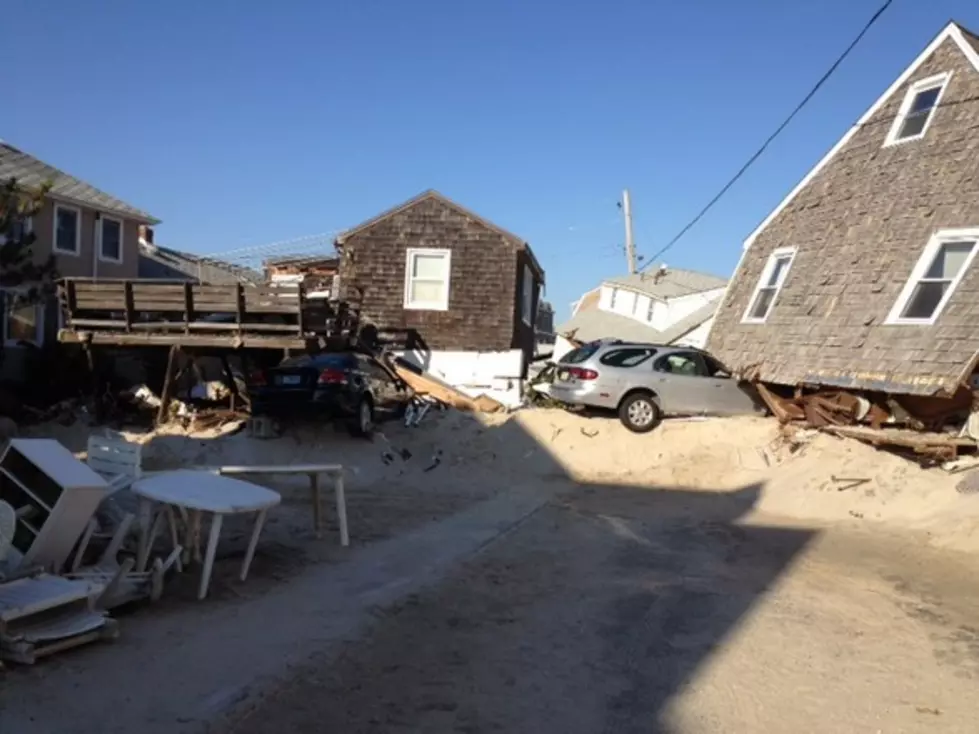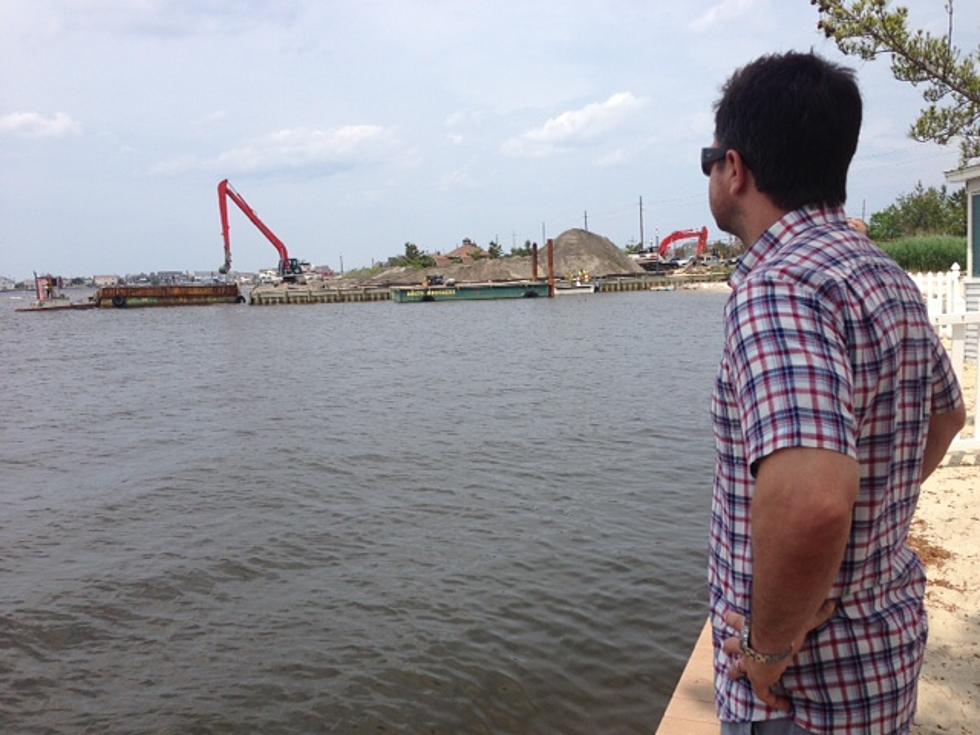![Environmentalists: ‘Get to Work’ on Restoration [AUDIO]](http://townsquare.media/site/385/files/2014/02/beach.jpg?w=980&q=75)
Environmentalists: ‘Get to Work’ on Restoration [AUDIO]
With the exception of the removal of underwater debris, boats, vehicles and amusement rides, the majority of post-Sandy mitigation work has been concentrated on what we can see. But an environmental group wants some of the attention focused on what we can't see.
Marine habitat restoration is the goal of The Nature Conservancy's celebration of science in action with its second annual Restoration Week, that runs from June 2-6. Nature Conservancy Senior Scientist Bob Brumbaugh said the work they do underwater can help protect infrastructure on land.
"We have learned things like, coral reefs, for example, in some of the places that where we worked, actually reduce wave energy by 97 percent as waves pass across a healthy coral reef and we've found similar things for oyster reefs, where we've been using oyster reefs as a wave-reducing habitat," Brumbaugh said.
They also found that the restoration of seagrass meadows and other natural habitat, helps to prevent erosion and reduces the risk to coastal communities during storms, according to their press release.
However, Brumbaugh is careful not to marginalize the work being done on land, like the construction of sea walls, dune restoration and beach replenishment efforts.
"But what we need to be doing is thinking about how adding into that salt marsh restoration or oyster reef restoration in places as an additional risk-reducing sort of approach," Brumbaugh said. "I think the message for people is it's time to get to work and start including habitat restoration and protection in our coastal management and community management plans along the coast."
The Nature Conservancy boasts more than 160 restoration sites around the globe with 148 of them being conducted in partnership with the National Oceanic and Atmospheric Administration in U.S. waters.
More From New Jersey 101.5 FM









